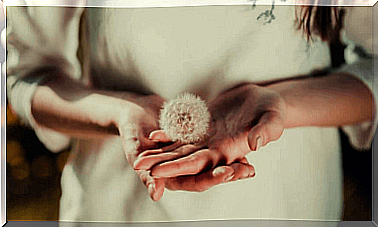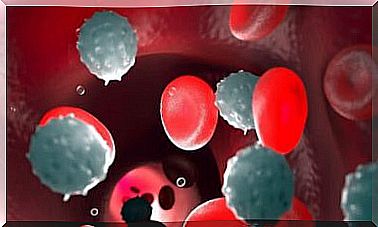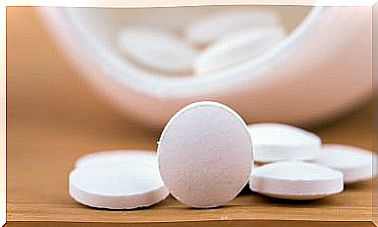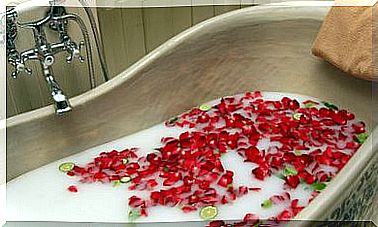Peas, A Great Contribution Of Vegetable Protein And Fiber
Peas belong to the legume family and are a source of nutrients, such as vegetable protein, fiber, as well as vitamins and minerals. They do not provide fat and only very few calories, so they are highly recommended in weight loss diets.
Nutritional properties of peas
Vitamins and minerals
Peas are sources of beta-carotene, as well as important antioxidants, such as lutein and zeaxanthin, that are essential for eye health, according to a report from the
North Carolina Department of Agriculture’s Food and Drug Division .
According to data from the National Nutrient Database for Standard Reference Legacy Release, peas contain vitamins A, C, B (B6 and B12), K and, to a lesser extent, vitamin E.
Regarding their mineral content, it should be noted that they are an excellent source of manganese and iron, supplying 4% of the recommended daily dose of both minerals. In addition, to a lesser extent, it provides phosphorus, potassium and magnesium, zinc, copper and sodium.
Vegetal protein
It must be said that peas are an excellent source of vegetable protein, which is suitable for vegetarians who do not eat meat.
In addition, they are a very interesting food for those looking to lose weight, since, as detailed in a study published in The American Journal of Clinical Nutrition , proteins stimulate the activity of hormones that reduce appetite.
For the proteins of peas to be complete, it is necessary to combine them with cereals or other sources of protein because they are deficient in some amino acids.
Fiber
According to information published in the British Journal of Nutrition , peas contain both types of fiber. Both insoluble fiber, which favors the expulsion of feces and good intestinal transit, and soluble fiber, which hinders the absorption of cholesterol, among others. A half-cup serving of peas provides about 4.5 grams of fiber.
2. Properties of peas
According to a study published in the journal PLoS One , thanks to the contribution of fiber, peas help control weight, because they keep you feeling full for longer. Specifically, the pectin contained in this food, decreased food intake by 23% and induced a loss of body fat of 23%.
Eating this type of legume can also improve your gut microbiota, according to a review published by the British Journal of Nutrition in 2012.
This review also specifies that consuming peas can improve cardiovascular health. This could be thanks to the content of lutein, a carotenoid that acts as an antioxidant and protects cells from oxidation, which is why there are lower rates of atherosclerosis-plaque accumulation on the walls of the arteries-, they reduce cholesterol and improve heart health.
3. How can we prepare them?
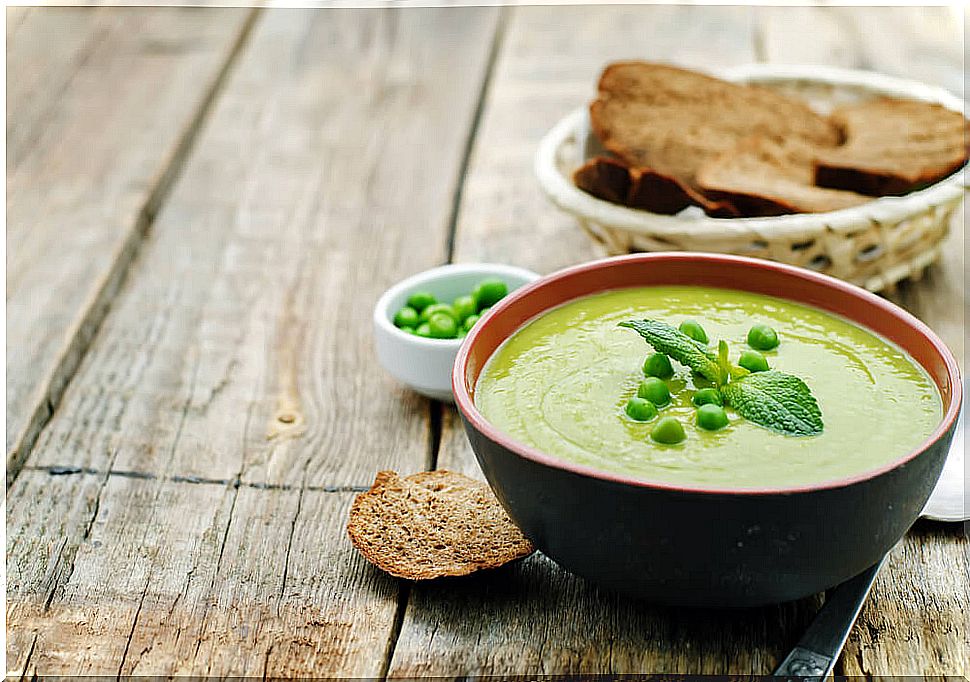
We can prepare the peas in recipes as varied as puree, soups, boiled with a good dressing, and so on. Nor can they be missing in paella, as a filling for empanadas and empanadillas, in stews, stews…. And we can also find pea flour that we can use to make tortillas, savory crêpes, breads, pizza dough, etc. Enjoy them!

